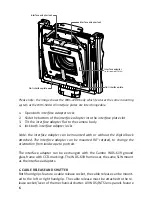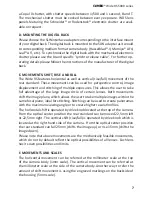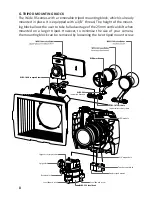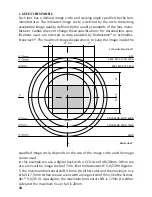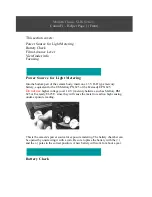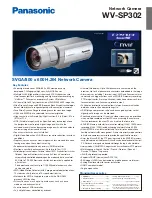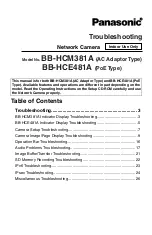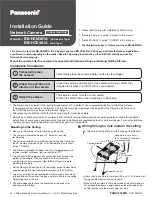
7
CAMBO
® Wide RS 5000 series
a Copal 0 shutter, with shutter speeds between 1/500 and 1 second, B and T.
The mechanical shutter must be cocked between every exposure. WDS lens
panels featuring the Schneider® or Rodenstock® electronic shutter are avail-
able on request.
D. MOUNTING THE DIGITAL BACK
Please choose the SLW interface adapter corresponding to the interface mount
of your digital back. The digital back is mounted to the SLW adapter as it would
to corresponding medium format camera body (Hasselblad®-V, Mamiya® AFd,
Leaf® AFi, etc.). To synchronize the digital back with the mechanical/electronic
shutter please use the brand specific “synchro release cable”. For further op-
erating details please follow the instructions of the manufacturer of the digital
back.
E. MOVEMENTS: SHIFT, RISE AND FALL
The Wide RS features horizontal as well as vertical (rise/fall) movement of the
rear standard. These movements can be used for perspective control, image
displacement and stitching of multiple exposures. This allows the user to take
full advantage of the large image circle of certain lenses. Both movements
shift the image plane, which allows the user to take multiple images within the
same focal plane, ideal for stitching. Stitching can be used to create panoramas
with the maximum viewing angle or to create higher resolution files.
The horizontal shift is operated by drive knob located at the top of the camera.
From the optical center position the rear standard can be moved 22,5mm left
or 22,5mm right. The vertical shift (rise/fall) is operated by drive knob which is
located at the right hand side of the camera. From the optical center position
the rear standard can fall 25mm (shifts the image up) or rise 15mm (shifts the
image down).
Please note that above movements are the mechanically feasible movements,
which do not by default reflect the optical possibilities of all lenses. Each lens
has its own possibilities and limits.
F. MOVEMENTS AND SCALES
The horizontal movement can be referred at the millimeter scale at the top
of the camera body (1mm scale). The vertical movement can be referred at
the millimeter scale at the side of the camera body. Another way to refer the
amount of shift movement is using the engraved markings on the backside of
the housing (5mm scale).






